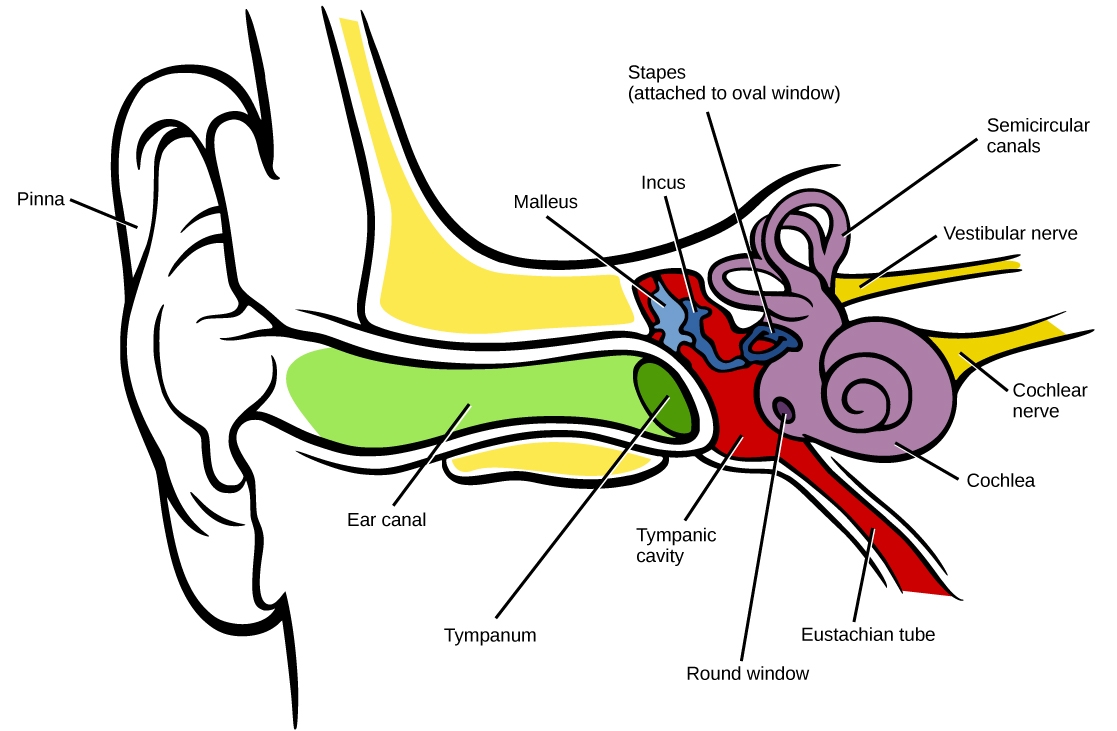
Especially during the craziness and stress and extra food of the holidays, that Halloween to New Years stretch in which are more likely to eat mindlessly than mindfully. What I want to offer in this piece is what I call more mindful eating, perhaps “informal” mindful eating as opposed to formal mindful eating. So have some self-compassion, and consider formal mindful eating on retreat and special occasions, as well as informal mindful eating in your daily life. This is not to mention that our friends, family and colleagues might not have the patience to eat with us as we take five minutes with each bite. PMID: 28129538.įunding: NIH’s National Institute of Mental Health (NIMH) and the Michael Hooker Distinguished Chair of Pharmacology.Eating as mindfully as we do on retreat or in a mindfulness course is not realistic for many of us, especially with families, jobs, and the myriad distractions around us. Wacker D, Wang S, McCorvy JD, Betz RM, Venkatakrishnan AJ, Levit A, Lansu K, Schools ZL, Che T, Nichols DE, Shoichet BK, Dror RO, Roth BL. References: Crystal Structure of an LSD-Bound Human Serotonin Receptor.

A mutant form of the receptor with a weaker lid had reduced β-arrestin pathway activity, while leaving G-protein pathway activity unaffected. This likely explains the drug’s long-lasting effects. The team also found that the serotonin receptor closes a “lid” over the LSD molecule, preventing it from quickly detaching. Further laboratory experiments and computer analyses revealed that these distinct but similar compounds can shape the structure of the receptor to trigger different effects. Related ergoline compounds, the scientists found, differ in the way they structurally interact with the receptor. The researchers found that LSD binds its receptor in a way that causes it to act mostly through the β-arrestin pathway instead of the G-protein pathway. Serotonin receptors activate 2 major signaling pathways within cells: through G-proteins and through β-arrestins. Results were published on January 26, 2017, in Cell.

Their study was supported by NIH’s National Institute of Mental Health (NIMH). The scientists used x-ray crystallography to visualize the structure. Bryan Roth at the University of North Carolina crystallized a related receptor, 5-HT 2BR, attached to LSD. To gain insights into LSD’s effects, a research team led by Dr. LSD appears to act through a particular receptor called 5-HT 2AR. Serotonin is a chemical messenger that helps brain cells communicate. LSD interacts with proteins on the surface of brain cells called serotonin receptors. Understanding how the compound exerts its unique effects could provide insights to guide the development of future therapeutics.

LSD is a member of a class of drugs called ergolines, which are used to treat many conditions, including migraine headaches and Parkinson’s disease. However, how the compound causes its effects in the brain hasn’t been well understood. LSD was first synthesized in 1938, and its hallucinogenic effects discovered soon afterward. These “trips” can last many hours, long after LSD has been cleared from the bloodstream. It can also cause hallucinations-sensations and images that seem real even though they’re not. Lysergic acid diethylamide, or LSD, can alter perception (awareness of surrounding objects and conditions), thoughts, and feelings. An artistic representation of LSD (in blue) fitting into a serotonin receptor (the white ribbon).


 0 kommentar(er)
0 kommentar(er)
